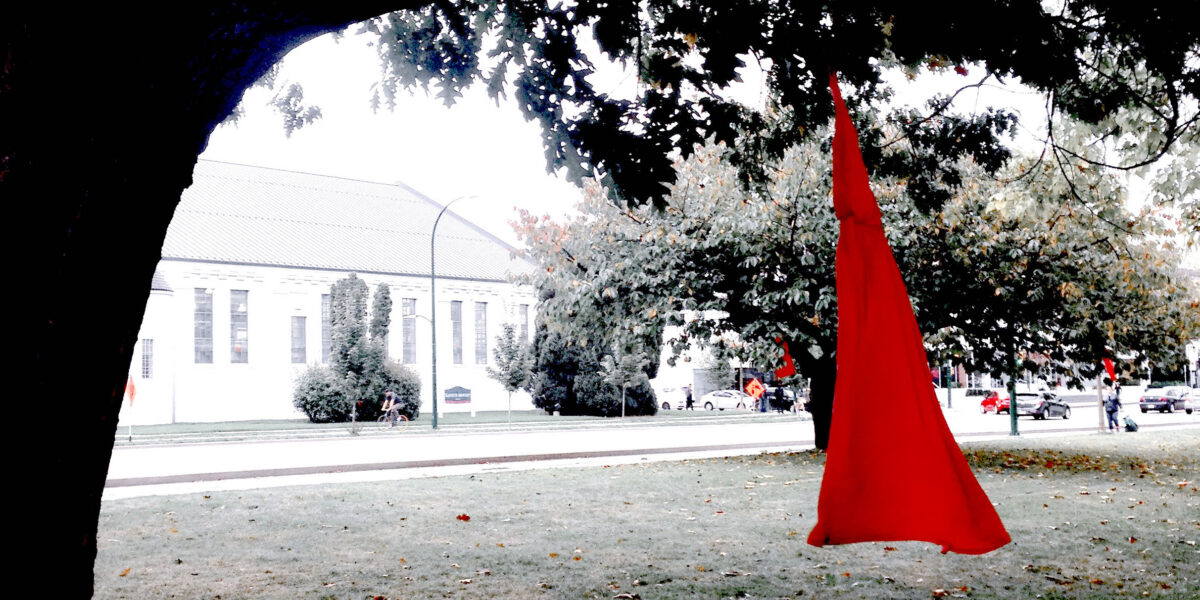The voices defending the blockade of a privately owned garbage landfill in Winnipeg are eloquent, passionate and Indigenous. The murdered bodies of two Indigenous women and possibly more are reasonably thought to be there. “I’m not going to have my nieces go sit at a landfill to visit their mom for the rest of eternity. It’s wrong.” More tersely: “We are not trash.”
A judge granted an injunction lifting their blockade and the province won’t support an excavation to retrieve the bodies, on financial and ostensibly health risk grounds. The federal government is sympathetic but won’t act alone.
The imagery could hardly be more visceral and the Indigenous voices are calling for support from others based on what’s sometimes now called allyship. Effectively: Get behind us and show you mean what you profess. I want to mention some broader, more general concerns in what seems and is a very precisely located conflict — that may also implicate the rest of us.
The process of excavating mass murder burial (or dumping) sites is recent, according to a London Review of Books article. It dates to the 1980s and mass murders of dissidents by the military in Guatemala and Argentina. Yet it’s already highly developed.
Many victims were “disappeared” and for justice to be done, their remains must be found and ID’d. Early efforts often made a “mess” of it. A U.S. expert, Clyde Snow, was brought in to help. He discovered that inexpert, but committed, students were quick learners. That’s one lesson acquired so far.
Snow also initially resisted demands by family members to be involved, but came to realize they brought unique resources to the work. There also tends to be a rare mix of detached scientific work along with emotional involvement. A worker might spend hours meticulously cleaning a bone fragment, then almost unconsciously stroke it with care and sadness. It’s a complex practice still emerging. It’s worth keeping this in mind about attempts here to learn about deaths at residential schools and efforts to retrieve and identify remains.
The Canadian cases are clearly separate from those others, yet, here too we are nearer the start than the end of a complicated process.
Knowing that may help bridge some of the gulf between those directly aggrieved and those of us at a certain distance. We are all part of the context in which these things happened and they hold at least some meaning for us all.
So to some, an attachment to identification and reburial may seem literal and odd because, well, the dead live on in spirit, etc. But the closer your access to land and nature in its rawer forms, the more direct the links of body to spirit can seem and the less peculiar that impulse to equate bones with individuals.
In fact, much of the western tradition of philosophical idealism from Plato on, is built on the notion that people, who feel and think, exist only in bodies and since “like cannot come from unlike,” there must be something right in the material stuff of our bodies, that engenders the thoughts and feelings we have. Matter is more mysterious than we usually think; we should keep that in mind.
This makes for a tighter relationship between us and nature, or matter, and more like what we see in Indigenous cultures. And a revival of a sense of kinship between us and the material stuff of the earth, or cosmos, has valuable effects, as far as feeling deeply for planetary health and trying to salvage it.
In an insightful piece in The Guardian, Naomi Klein writes about the appeal of that self-promoting, proto-environmentalist con man, Robert F. Kennedy Jr. She says much of it comes from his ability to express people’s anguish about the threat to nature. Others may talk about it, but not how it really feels. Does that mean he’s not so bad? Hell no. Anyone who jabbers on that much will occasionally say something that rings true.
This column originally appeared in the Toronto Star.



